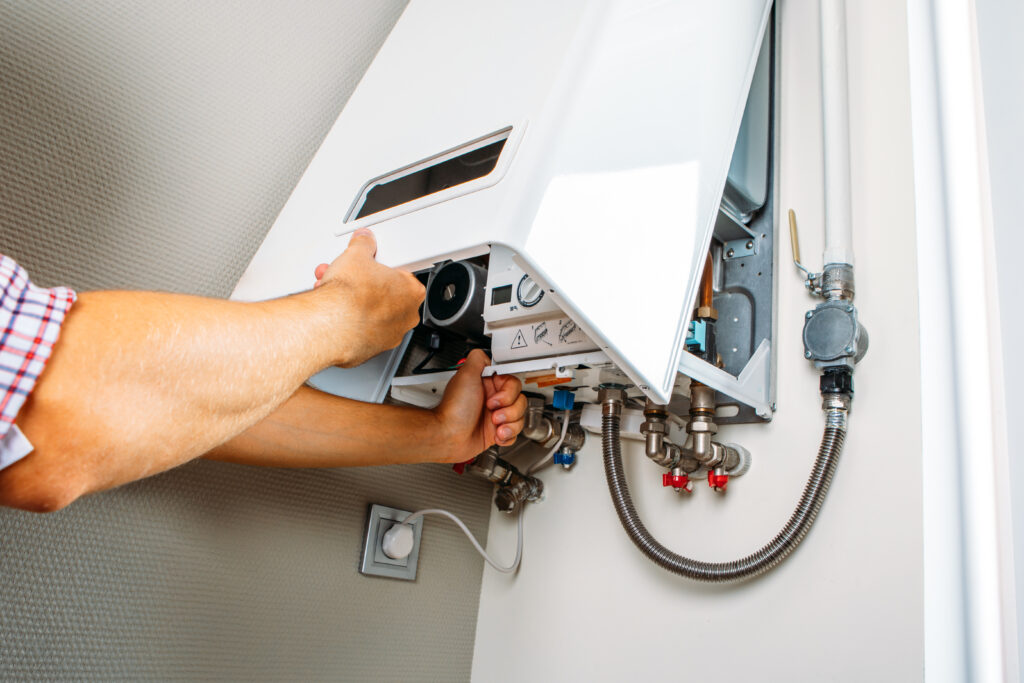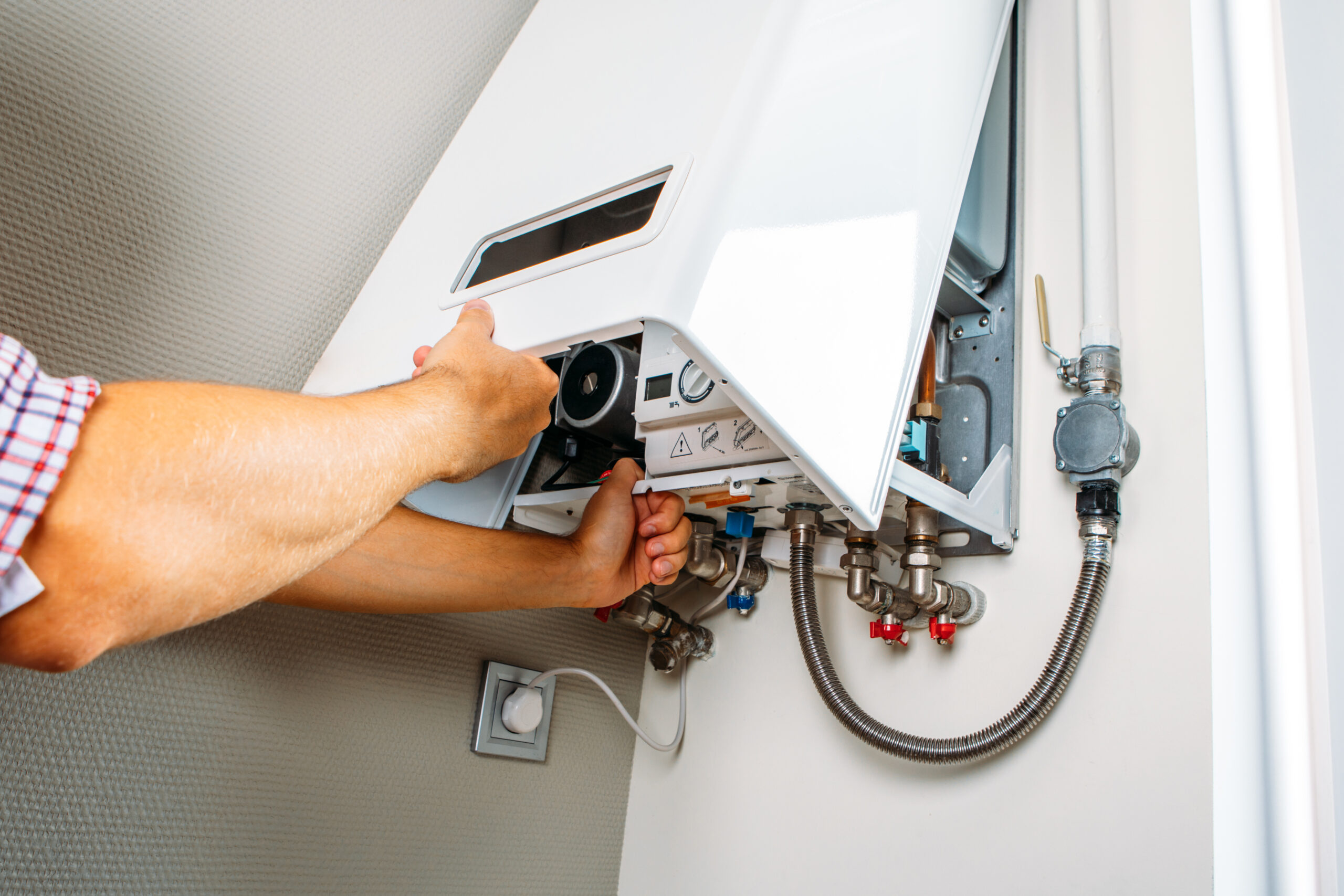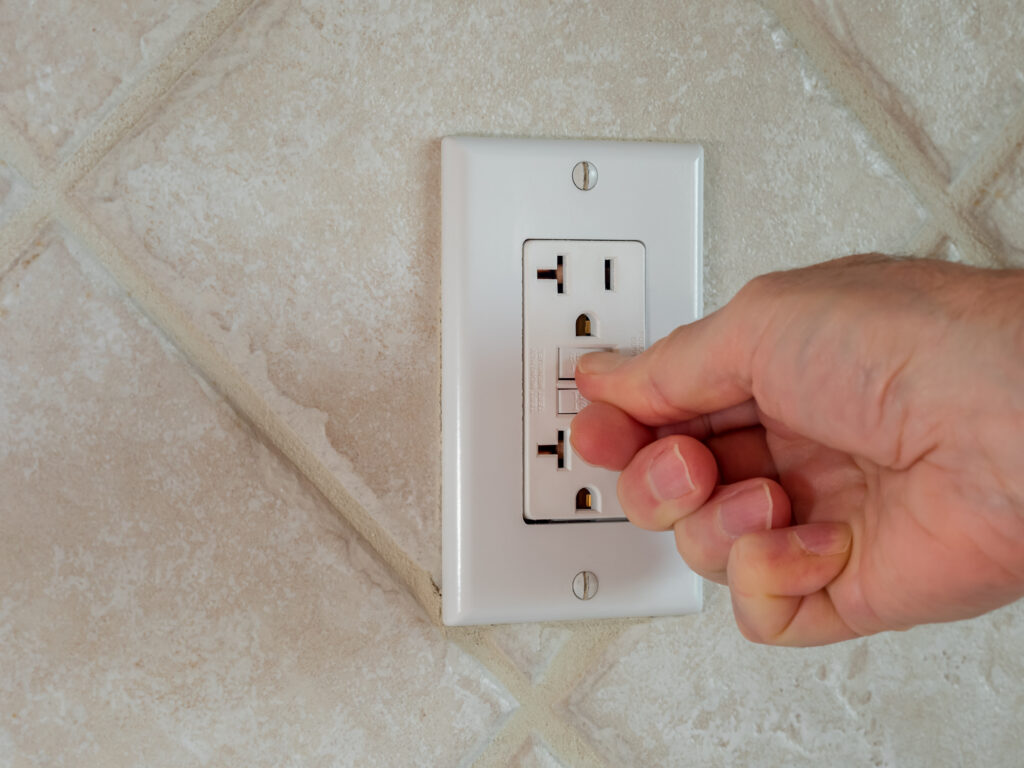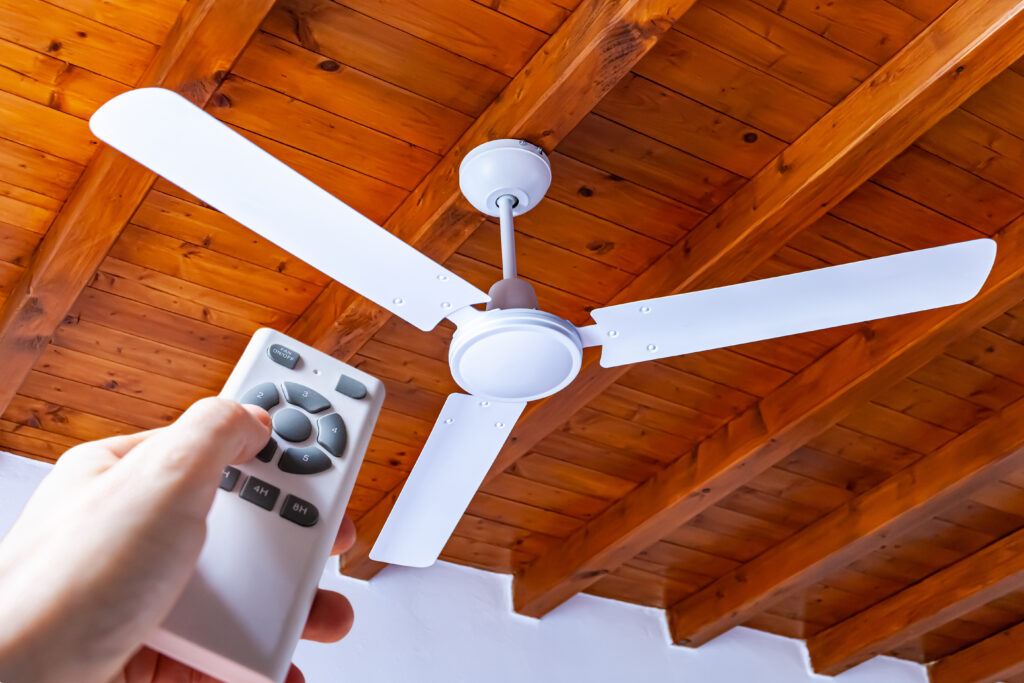No Light on Your Water Heater? Here’s What’s Going On (and What You Can Do)
Okay, so you walked into your garage, laundry room, or utility closet and noticed something off—your water heater’s indicator light isn’t on. No light, no hot water. Now what? It’s one of those tiny details that can cause big headaches, especially if you were banking on a hot shower or trying to sneak in laundry between Zoom calls. If you’re a homeowner, this might feel like another mystery in the never-ending puzzle of home ownership. But don’t worry—we’ve got you. We’re going to break down what that little light actually does, why it’s important, and what it really means when it goes dark. Plus, we’ll talk grounded connections (briefly!) and introduce you to a home warranty safety net that can make situations like this a whole lot less frustrating.
What Is the Indicator Light on a Water Heater Anyway?
First off, a quick lesson in water heater basics without getting too engineering-heavy. Many gas water heaters have a small LED light or pilot light that signals whether the unit is working correctly. If you’ve got an electric water heater, you might have a panel with status lights instead. These small indicators are your water heater’s way of saying, “Hey, I’m good” or “Help. Something’s not right.” Most commonly, it’s a blinking LED on newer models or a steady pilot flame in older ones. So when that light disappears, it’s your water heater’s way of waving a tiny red flag.
How a Water Heater Actually Works
Let’s break it down. Your water heater takes cold water and makes it toasty, either with gas or electric power, and stores it in a tank (or heats it on demand if it’s tankless). In a gas model, there’s usually a thermocouple or thermopile near the pilot light that senses heat. If the sensor doesn’t detect heat—because there’s no flame—it automatically shuts off the gas supply for safety reasons. That’s why you lose both the flame and the light. Electric models, on the other hand, rely more heavily on heating elements and internal sensors that may trip if something’s off, like a grounded element or tripped thermostat. So yeah, when the light’s not on, there’s a bigger conversation your system’s trying to have with you.
Common Reasons the Light Goes Out
Let’s talk about why this happens, and no, it’s not always because your unit is ancient. The most common issue is a blown thermocouple—it’s a part that tells your unit to keep the gas valve open when the pilot is on. If it’s dirty, bent, or worn out, it won’t register the flame, and poof, your light goes out. Another culprit? A dirty pilot opening. If soot or dust builds up, that little flame can’t catch, and your system won’t ignite. Then there’s the classic: power outages or surges. If you’ve got an electric model and experienced a flicker in your household power—even a second—it might mean your control board reset, and someone (probably you) has to go restart it manually. We also can’t ignore safety mechanisms doing their thing. Flame rollout sensors, high-temperature limit switches, even over-pressure valves—they’re all designed to shut the system down if something weird’s happening, which usually dims your light too. And…one more underrated one: grounding issues.
What Does “Grounded” Mean in the Water Heater World?
Okay, we’re not going to go full electrician on you, but this is important. An element or electrical part is “grounded” when electricity finds a shortcut to the metal body of your unit instead of doing its intended job. This can trip your breaker or burn out a heating element. Either way, the result often leads to a no-light, no-hot-water situation. Grounding most commonly shows up in electric models and usually means you get a tripped reset button that won’t stay pushed in, or a complete shutoff that needs professional repair. Heads up: if you’re a DIY-er, replacing a grounded element isn’t for the faint of heart. You will be dealing with water, electricity, and a very awkward crawl into your utility space—and maybe some choice words along the way.
Steps You Can Take Before Calling for Help
Alright, you noticed the light is out. Here’s your realistic first move: check if your breaker tripped. Head over to your panel and scan for any breakers that aren’t fully aligned. Flip them off and back on. If it’s a gas water heater, see if the pilot light went out. A quick peek behind the unit panel cover (with a flashlight…and maybe a yoga pose) should tell you if there’s a flame or not. If not, try to relight the pilot following the manufacturer’s instructions—those instructions are often printed right on the side of the heater. If it’s electronic, try pressing the reset button. Still nothing? Trust your gut. At this point, you may need a technician.
When Should You Call in a Pro?
If your light stays off no matter what you press, flip, or reset—especially if you’ve confirmed the system has power—then yeah, it’s time to call a licensed HVAC/plumbing technician. Same goes if you hear weird clicking sounds when it’s trying to light or if there’s a weird smell near the unit (looking at you, sulfur/rotten egg gas smell). If grounding is suspected on an electrical unit, just don’t push it. Working with electricity and water in tight spaces is a high-risk combo. Let someone with the right gear and experience handle that part. Trust me, it’s not worth the gamble.
Protecting Yourself from Water Heater Surprises (Like, with a Home Warranty)
This is where things tie back to the bigger picture of owning a home. Look, water heaters are kind of like your car’s battery. You don’t think about them much until they stop, and when they do, they throw your whole day into chaos. Here’s the thing: repairs aren’t cheap. Replacing a thermocouple might be a $75 fix, but a new heating element or entire water heater replacement? That’s going to cost hundreds—maybe even thousands. That’s where a home warranty from Armadillo steps in like your home’s pit crew. When essential systems like your water heater go down, a service technician is dispatched ASAP, and covered repairs or replacements can come out of your monthly plan instead of your emergency fund.
The cool thing about Armadillo is it’s all done online, without playing phone tag or deciphering fine print. Everything is transparent, quick, and zero-pressure. You can even start by building a plan tailored specifically for your home’s needs by hopping over to this page. Whether you’ve got an old-school gas heater or a modern tankless electric one, it feels pretty great to know someone’s got your back—and your hot water—when things go sideways.


























